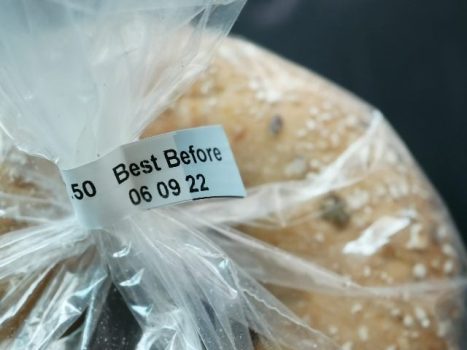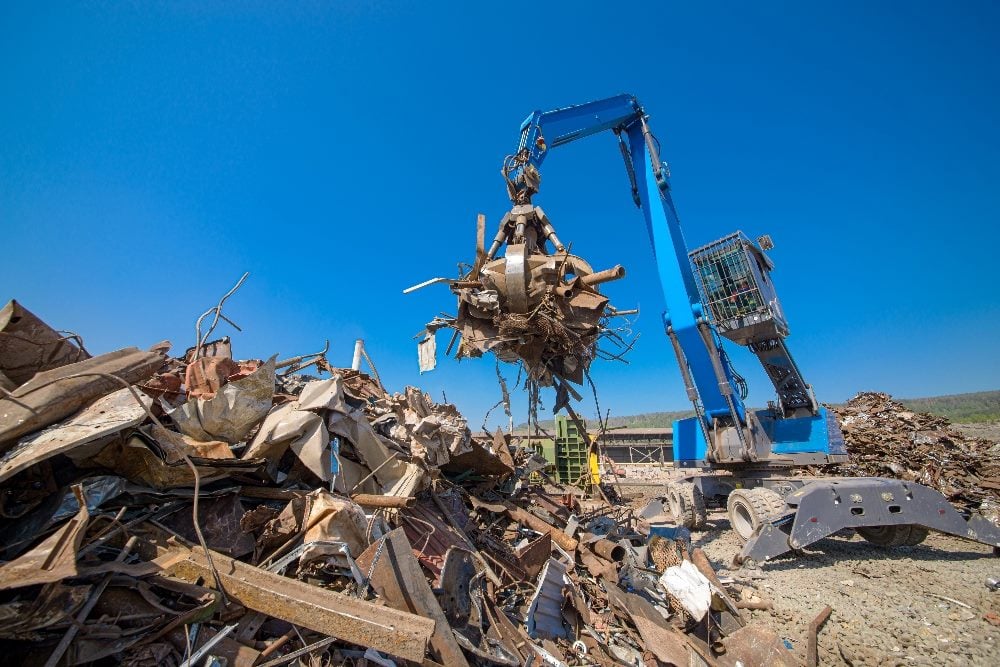Time to Clean up Websites

[ad_1]
The Gist
- Critical cleanup. Remove outdated content on websites to avoid serious risks or misinformation to those who consume the content.
- Junkyard web. The internet’s vast array of low-quality content challenges both AI accuracy and human trust.
- Urgent action needed. Organizations must prioritize content management to prevent the spread of harmful misinformation.
In November 2022, Soumya Swaminathan, the departing chief scientist for the WHO, gave an interview to ScienceInsider. She was asked whether “your biggest mistake as chief scientist was not calling SARS-CoV-2 airborne?” She replied that, “We should have done it much earlier, based on the available evidence, and it is something that has cost the organization.”
WHO Downplays COVID Airborne Transmission
In February 2024, more than two years after that interview, if you search about COVID transmission, the WHO website will downplay — if not practically dismiss — airborne transmission.
“Early in the pandemic, the World Health Organization stated that SARS-CoV-2 was not transmitted through the air,” Dyani Lewis wrote in Nature in 2022. “That mistake and the prolonged process of correcting it sowed confusion and raises questions about what will happen in the next pandemic.”
Related Article: 5 Ways to Repurpose Outdated Content to Your Advantage
Remove Outdated Content: WHO’s Outdated COVID Content Unchecked
Let’s talk about the need to remove outdated content.
In February 2024, on the WHO website, that mistake had not been fixed. Old, out-of-date, inaccurate, misleading content remains on the WHO website and it seems will remain there forever, misinforming people about things that are vital to their health. The WHO needs to remove outdated content on its site.
This is totally unsurprising. I have spent almost 30 years working on web content for some of the largest organizations in the world. (I even did a Top Tasks project for WHO a number of years ago.) Ninety-five percent of the organizations I have worked with have neither the capacity nor the interest to manage their content after it has been published. Stuff is just left up on the website without any oversight or concern.
Related Article: Tips for Revitalizing Old Content for New Customer Experiences
AI’s Data Crisis: Web’s Toxic Junkyard
Think of the implications of this for AI, whose primary source of data is the web. The web is a giant junkyard, a landfill, a toxic dump of crap content, of spam, of marketing lies, of out-of-date content. And this is before we even think about automatically created content by AI systems themselves. It is not at all a surprise that AI spouts lies, crap and gibberish. There’s an old computer saying: Crap in. Crap out. Remove outdated content.

Related Article: 8 Tips for a Smooth Content Overhaul During a Website Redesign
Quality Crisis: Big Tech’s Content Model
The data. The content. Nobody cares about the quality of the data. I repeat. Nobody cares about the quality of the content. It’s been like this since my first work on the web back in 1994. In fact, it’s gotten a lot worse. Big Tech has destroyed quality content editing and moderation with its free content model. Lure them in with the free content and then sell them to advertisers.
WHO’s Stale COVID Data Misleads Public
When I searched in February 2024 using the WHO search engine for “Is COVID airborne?”, the first result was from September 2020, eons ago from a pandemic perspective. When I clicked on it, there is a claim that the page was updated in December 2021. That’s reassuring. The first sentence read: “Current evidence suggests that the virus spreads mainly between people who are in close contact with each other.” Current evidence? When was this content actually written?
Searches
The second search result was from March 2020. In virus time, this might as well be hundreds of years ago: “According to current evidence,” the page stated, “COVID-19 virus is primarily transmitted between people through respiratory droplets and contact routes.” The page had a link to information that was updated on July 9, 2020. On that page it said: “WHO, together with the scientific community, has been actively discussing and evaluating whether SARS-CoV-2 may also spread through aerosols in the absence of aerosol generating procedures, particularly in indoor settings with poor ventilation.”
When I did another search, the first result was from December 2021 saying: “The virus can spread from an infected person’s mouth or nose in small liquid particles when they cough, sneeze, speak, sing or breathe. The second result was from March 2020, the third and fourth from July 2020, all stressing non-airborne spread.
Current Evidence?
A July 2020 piece talked about “current evidence” that the spread is non-airborne. One result in a PDF from April 2020 stated, “Although airborne spread seems to be unlikely in normal circumstances further evidence is needed before it is considered an insignificant route.” Another from July 2020: “To the best of our understanding, the virus is primarily spread through contact and respiratory droplets.”
Obfuscation & Technical Jargon
One result is from the transcript of a virtual press conference in December 2021, where a member of the audience pleads: “People forget that COVID-19 is airborne. Could you emphatically say loud and clear that COVID is airborne and what are your recommendations.” The answer from the WHO representative was full of obfuscation, technical jargon and a clear attempt to avoid directly answering the question.
Stubborn Egos & Outdated Content Can Harm Public Trust
We all make mistakes. We all know that in organizations powerful egos hold trenchant, out-of-date views that they force on the rest of the organization. However, once the mistake has been acknowledged, the content perpetuating the mistake should be removed.
Let me say it again: Remove outdated content. Not quickly acknowledging airborne transmission had the most serious of consequences for millions of people. Not keeping Web content up to date does a huge disservice to the people who depend on you and come to your website thinking that they can trust what they read there.
Learn how you can join our contributor community.
[ad_2]
Source link






